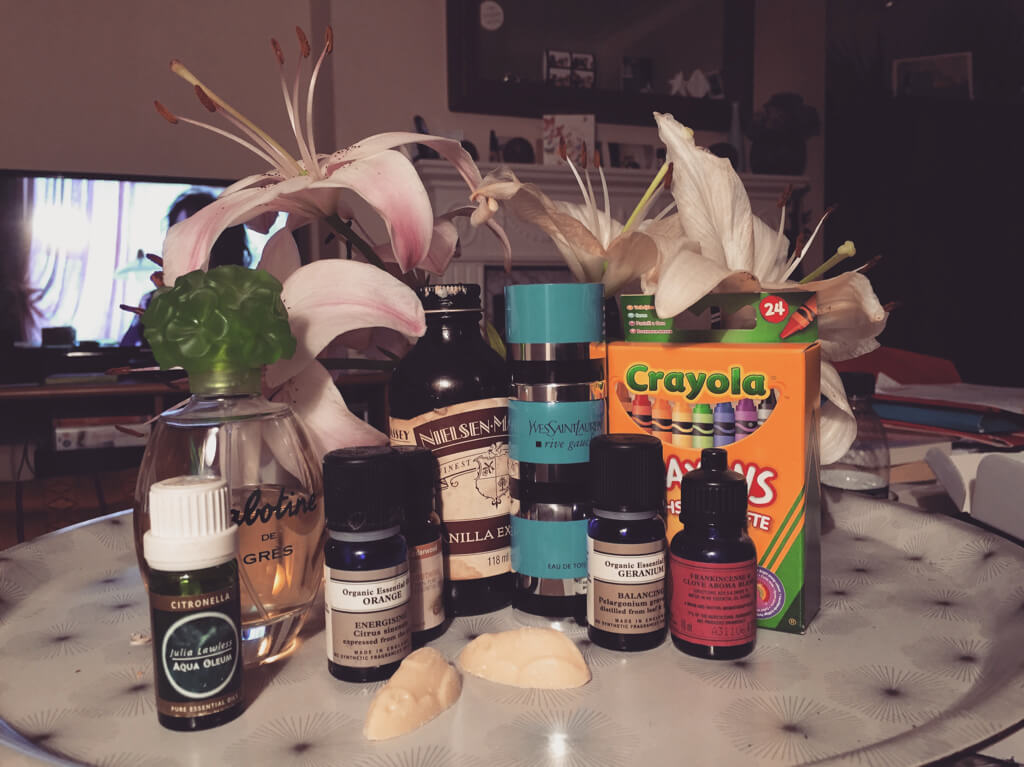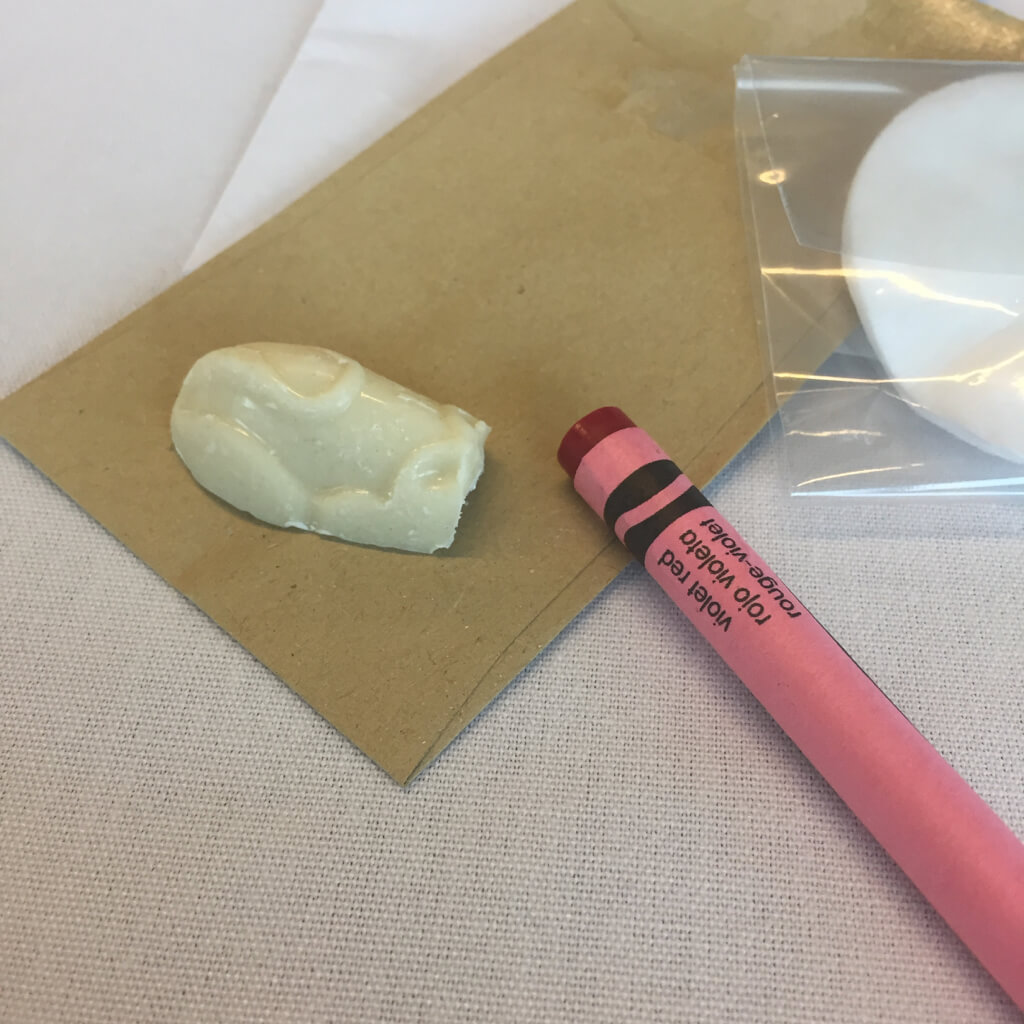What is creative copywriting? Well, to me it’s the writing that manages to engage readers on a very guttural level. It’s those words that make us gasp, that bring tears to our eyes or that make us pause, just for a few seconds, as we digest their impact. It’s also what writers use to change minds, shift merchandise and build empires.
The magical space between words and thoughts
Some of the best creative copywriting around at the moment is, I think, that which advertises The Economist. It’s found in those phrases and slogans in their advertisements that make us pause and think. And that makes us feel as clever as we’d like to think we are when we work out the full – usually double – meaning.
Phrases like these:
“Leader’s digest.”
“Would you like to sit next to you at dinner?”
“I never read The Economist.” Management trainee. Aged 42.”
And it’s this sideways clever thinking that we can nurture by thinking out of the box.
Think. Sideways.
But how, in these times of frantic diary management, dashing from meeting to meeting and deadline to deadline, can we step outside ourselves for a moment and create? As we get busier, so our capacity for thinking and reflection diminishes. We aren’t going to solve the brief for our next project while we’re knee deep in the everlasting feeds of Facebook or Instagram.
Creative copywriting in action
So. Time for something new. Something a little different.
It’s long been acknowledged that of all our senses, it’s our sense of smell that has the ability to transport us into our past. Smells evoke powerful memories of both time and place with a staggering immediacy.
A recent headline in The Sun read “The smell of rain, biscuits and old books gets Brits in the mood for love…” And it was this idea of stimulating the senses that I explored at the Copywriting Conference in London last week.
With a room laid out like a wedding reception (I tried to get a bottle of red and a bottle of white for each table, truly I did), we began.

Four creative copywriting exercises to try
Here are the exercises we did, which you can try at home or in the office or the studio, and which will help you if you’re looking to tap into that sideways, clever creative copywriting thinking. It’s more fun in a team and it requires an hour or two of preparation.
You’ll need a trip to the corner shop, the local stationers and a root through your bathroom cupboards. And I’d put each item for the individual exercises in envelopes so that your participants’ senses have to play catch up, rather than racing ahead with mental predictive text.

Exercise 1 – Drawing from the past
Props per person: a wax crayon, sealed in an envelope. A sheet of A3 paper. A fast-writing pen.
Without revealing what’s inside, ask your participants to open their envelopes and smell the contents. Without discussing it with anyone else in the room, ask them to write down what that smell evokes for them.
Prompt them with the suggestions that it could be a place, a time, a friendship or a more fleeting memory.
Then, ask them to take the crayon out of the envelope and examine it. They’re allowed to peel the paper off. This is their crayon, after all. Give them five minutes to write down their thoughts, perhaps make a few sketches, and then move around the room, asking for their responses.
The exercise is designed to access a period of our childhood that feels free, unrestricted and highly creative. (And it’s less messy than finger painting…)
Apply the resulting rich, sensory and evocative language to editorials, content marketing and homepage copy.
Exercise 2 – Pocket memories
Props per person: a white chocolate mouse, sealed in an envelope. A sheet of A3 paper. A fast-writing pen.
Again, without revealing what’s inside, ask your participants to open their envelopes and this time remove the contents. Ask everyone to think about their senses and apply them to the chocolate mouse. How does it smell, look, feel, sound, and taste?
Then ask everyone to think about either what they spent their first pocket money on or the most delicious thing they’ve ever eaten.
This exercise is designed to get participants to think about how stimulating the senses in an unexpected way (where else do grown-ups get to eat penny sweets?) can free our minds to explore the idea of taste and smell and the powerful language of the senses in their copy.
We got some magnificent answers on the day of the conference, things that made us laugh and also sigh with nostalgia. From distant memories of wet coats hanging up in a school cloakroom to the exquisite taste of beef carpaccio with parmesan and a decent wine pairing on an Italian holiday.
Exercise 3 – Cottoning on
Props per person: a cotton wool ball with a squirt of perfume or some drops of an essential oil. A sheet of A3 paper. A fast-writing pen.
This two-stage exercise is ideal for crafting taut, spare, clean language. Told to me by news journalist Sian M. Lewis, it involves imagining that you have to run to the top of a steep hill. At the top is your editor/boss/client and you have just three breaths to relate the key elements of your story.
The scented element of this exercise can trigger powerful memories so I usually refrain from asking participants to say what each scent reminds them of but ask them to jot down some notes on one side of the paper. Then, thinking of the questions,
- Who?
- What?
- Why?
- How?
- Where?
- When?
I ask them to write three sentences – one for each breath – that sums up the situation that they remembered as if it were a news story. The “three breaths” framework is an excellent one to use in meetings where the brief risks getting a little woolly or people struggle to pin down what they want. It focuses the mind and removes all fluff. It’s also excellent for drilling down to the goal of a landing page at the planning stages.
Apply to any copywriting where distractions destroy conversions.
Our weird smells
- Rive Gauche, Yves Saint Laurent
- Cabotine de Grès
- Orange essential oil by Neal’s Yard
- Cedarwood essential oil by Neal’s Yard
- Geranium essential oil by Neal’s Yard
- Cinnamon and clove essential oil by Neal’s Yard
- Tea Tree essential oil by Boots Botanics
- Citronella essential oil by Boots Botanics
- Nielsen Massey Pure Vanilla Extract
Exercise 4 – Synonym snap
A recipe for surprising and compelling language by Bret Anthony Johnston.
This exercise uses similies – a figure of speech involving the comparison of one thing with another thing of a different kind, used to make a description more emphatic or vivid (e.g. as brave as a lion ) to “broaden, rather than narrow the reader’s understanding and experiencing of the story.”
By comparing senses with other senses (a voice compared to something that isn’t a sound, a smell compared to something that is not a scent etc.) “the author assures the reader that her characters view their lives through unexpected and exceptional lenses: the implicit agreement with the readers is that by the story’s end, they too will see the world differently.” (Bret Anthony Johnston)
On the day we heard,
“Her kiss tasted of failure.”
“Her voice smelled like guilt.”
“His tears tasted of schadenfreude.” (Thank you, George)
“Hearing him cry was like tasting success.”
You can see where this ties us back to The Economist, can’t you? And how it evokes clever, witty, brilliant thinking. It’s my firm belief that this exercise can help you to develop astonishing taglines, advertisements and everything ever.
You can find the full bibliography for the workshop at #CopyCon17 here. Photographs from the day are here.






0 Comments